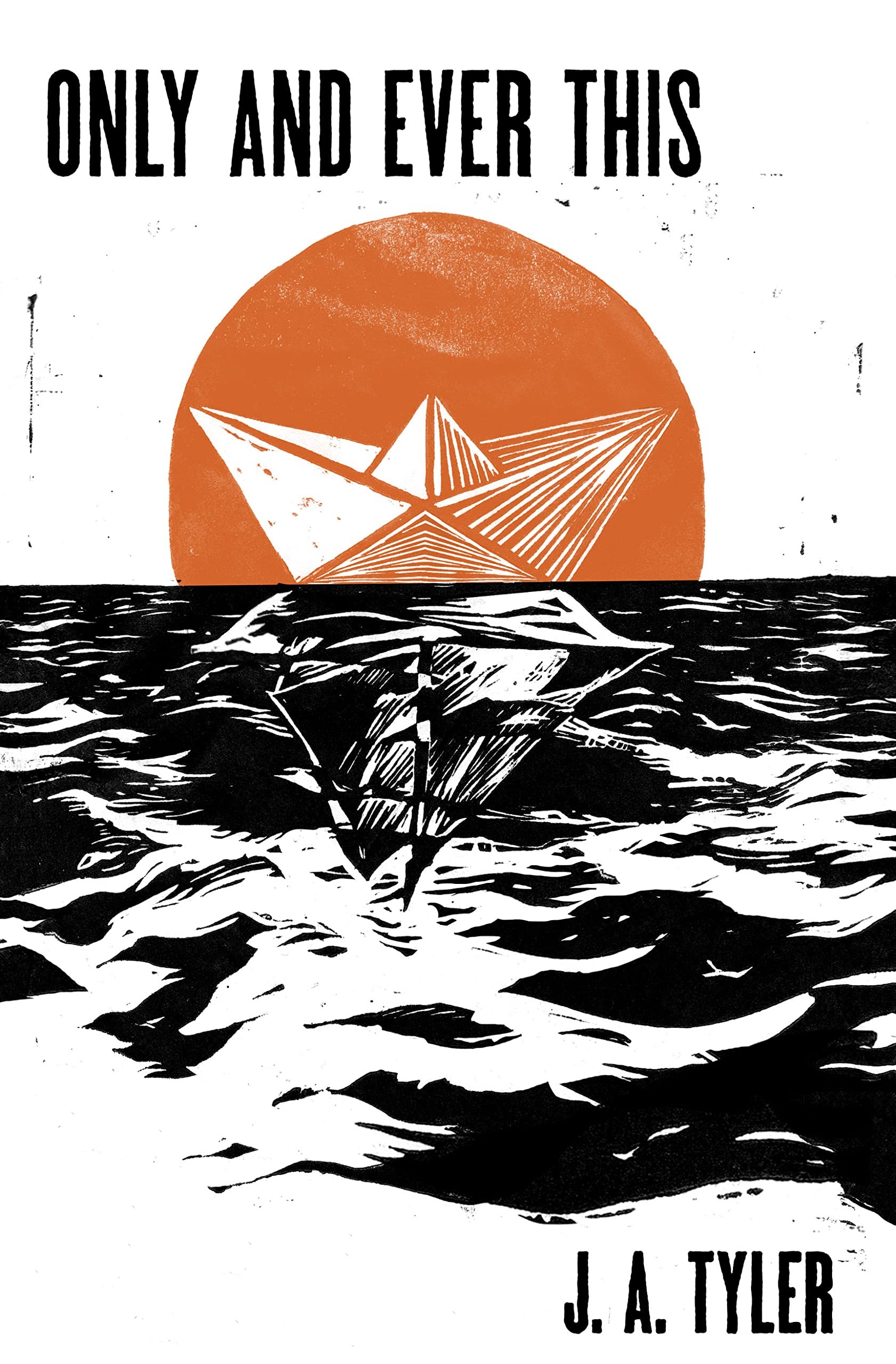Excerpted from Edit Your Life by Elisabeth Sharp McKetta
Some of the most poignant daily struggles that I have faced as a young writer-mother are the mornings. If I wanted to live my first-choice life, I needed to get ahead in my books in the first hours of the day, before anyone required my energy for anything else. If I woke before the light to do what nourished me, nothing could upset me. It gave me a full day’s immunity to negativity: a shield. By starting my day with writing, exercise, and solitude, I felt impermeable, calm, effective. I felt like my best self.
I would prepare: set my alarm, go to bed early, lay out my clothes—so I could out-wake my children, the earlier the better, and have a quiet two hours to myself to write. But they bested me daily, always in the most loving ways. I’d tiptoe, silent cup of tea in hand, at 5:30 a.m. to my desk—and the huge-diapered, pajama- footed baby would smell me and toddle over, big smile, ready to start the day. I started waking earlier: 5:15, 5. There felt something metallic and unkind about pushing back into the fours, but sometimes I did it anyway.
I thought of my ancestors—coal miners and ranchers—and how this was their morning time to push back into the hard, unforgiving rock or to tend to their hungry animals. Hoping this day would not swallow them. I am lucky, immeasurably lucky, to get to do work I choose (writing) in a place (home office) and time (early morning) of my choice. But I could not seem to get up early enough to do my work—my first-choice activity of what makes me feel whole and happy—before the day and its many demands took over. And as Joyce Carol Oates has observed, “The great enemy of writing is being interrupted by other people. Your worst enemy will have your most beloved face.”
Focusing on writing before spending the day focused on my household felt like the obvious, necessary guardrail—especially since my husband had a more regular daytime work schedule— but I had to stage some ways to make it work. None worked all the time, though each one worked sometimes; I jostled between them.
One was asking my husband to be on morning duty. He always said yes, but morning duty meant different things to us. I felt it necessary to acknowledge our children at the threshold of their waking and offer some form of love. My husband, on the other hand, felt it necessary to sleep past six, so this whole battle went on during his unconscious hours. If I sent the babies to him, they’d return like boomerangs to me.
The second was the most inspired. It was to set up their own desks in my office, complete with art supplies and snacks, and to try to initiate them to the truth that morning is an excellent time for projects, with its own gravitas and its own treats. We even tried using a timer for “work time.” This worked to delight the child and buy me a few minutes at intervals.
The third was to find a coffee shop that opened at 6:00 a.m. This worked every time!
So I bandied among these three, always wrapping by 8:00 a.m. so I could lavish attention on my children for a few minutes before school (my husband took them to school, I picked them up).
And then, to my amazement, the seasons changed and my daughter was no longer my early morning companion—she had learned to sleep past seven—but my son still was. And then suddenly both were sleeping heavy, long nights and no longer desiring to wake early and hang with me. Which, in the dizzy way I remember all things about early parenthood, I found myself missing.
But I have a souvenir from those seven years of trying and failing daily to out-wake my household: I still wake early and write most days before doing anything else. This guardrail enables me to live a full life during the daytime hours—showing up for my kids’ school events, collaborating with other artists, teaching a full course load of writing workshops, seeing friends, going for hikes and spontaneous dates with my husband, and tending to the day as it unfolds.
This souvenir ties me forward to my babies—my catalyst for becoming an early morning writer—and backward to my ancestors, who woke early for their own reasons of survival. I still try to write ahead in my book before anyone speaks my name.
And what is left of our work—if we are lucky, and I mean really lucky—is ourselves.
Elisabeth Sharp McKetta teaches writing for Harvard Extension School and Oxford Department for Continuing Education. She is the author of ten books, including the novel She Never Told Me About the Ocean. Her shorter works have been published widely. She delivered the 2019 TEDx talk “Live Like a Poem.” Elisabeth lives with her husband and two young children.





